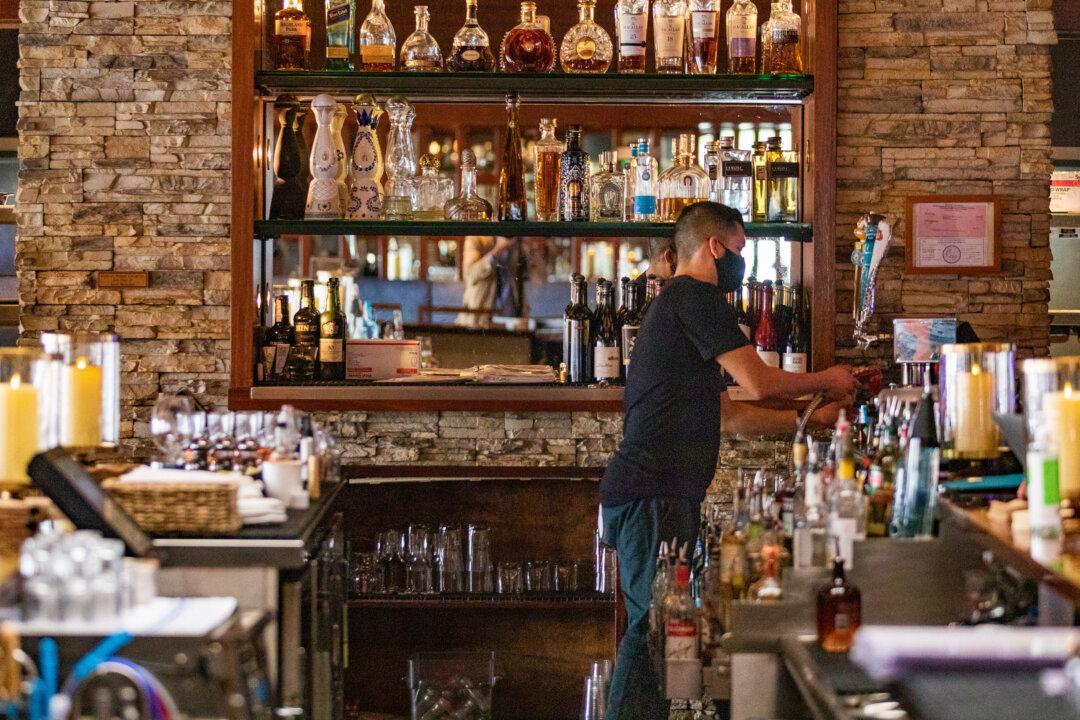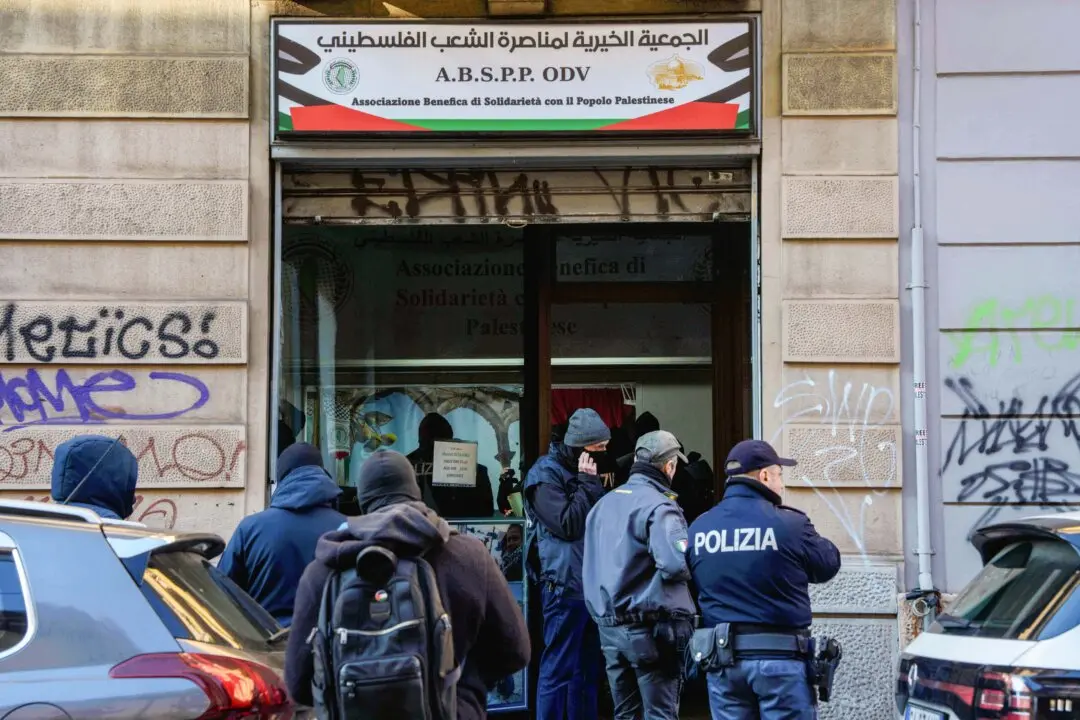New government data shows that the pandemic has had a moderate-to-large negative impact on over three quarters of the nation’s small businesses, with the hardest-hit being those in accommodation and food services.
The most recent Small Business Pulse Survey, which collects real-time information on how small businesses are being impacted by the CCP (Chinese Communist Party) virus, featured data gathered from Sept. 6 to Sept. 12, the U.S. Census Bureau said in a release.





